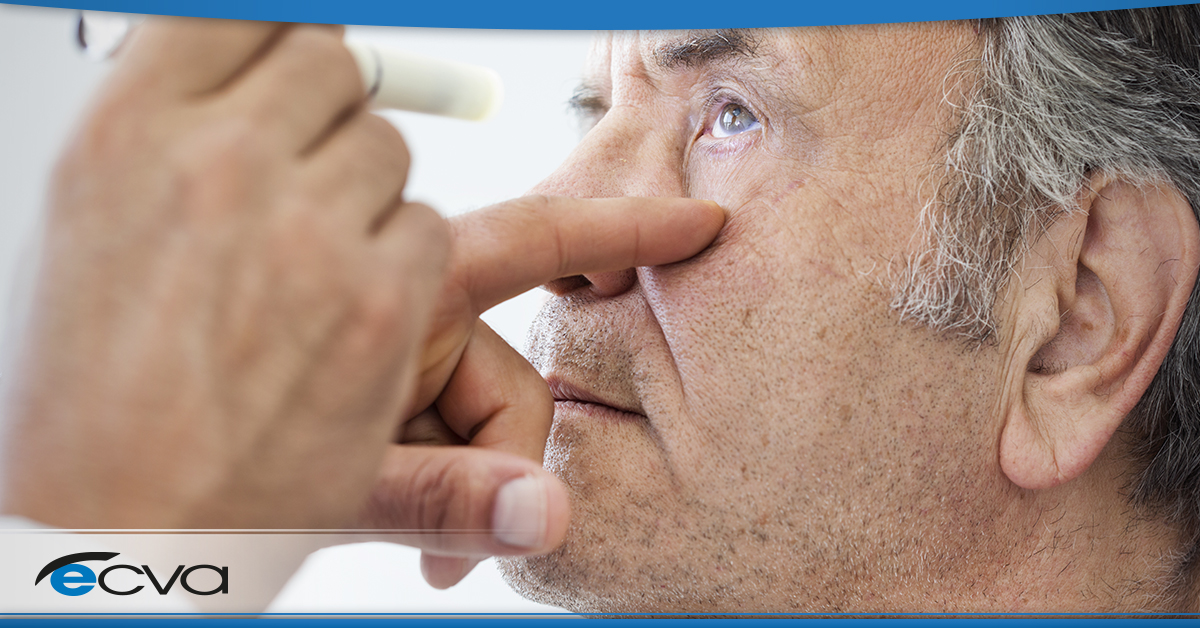Glaucoma is an eye condition impacting the optic nerve. As intraocular pressure builds, damage to the optic nerve can occur, leading to permanent vision defects and loss, potentially leading to blindness.
While glaucoma isn’t typically preventable, early detection is crucial if you want to avoid optic nerve damage and slow the progression of vision loss. By knowing the early signs of glaucoma, you can take action at a critical time, increasing your odds of maintaining as much of your vision as possible.
Here’s what you need to know about the early signs of glaucoma, as well as when you should see an eye health provider.
Early Signs of Glaucoma
Generally, there are a few symptoms that can be early signs of glaucoma. One of the most common ones is the loss of peripheral – or side – vision. Over time, it can lead to a sort of tunnel vision, though the process is often slow and hard to identify right when it begins.
Halos around light are another symptom of glaucoma. Sensitivity to light is similarly a classic sign. In both of these cases, the issues may be particularly apparent in specific situations, such as driving at night.
Other forms of vision loss – including a sudden decline in acuity or the visual field – can indicate glaucoma, too. Eye redness and pain could be a symptom of acute glaucoma. Haziness of the cornea is a potential symptom, though it’s usually only present with childhood glaucoma.
In some cases, unexplained nausea or vomiting may also be related to glaucoma, particularly the acute form. The same goes for headaches and blurry vision.
When to See an Eye Health Provider
Ultimately, it’s always wise to see an eye health provider whenever you notice any shifts in the visual field or acuity, as well as symptoms of physical changes in the eye. Glaucoma typically isn’t preventable. However, with proper management, vision loss can be minimized.
Additionally, some of the early signs of glaucoma are also symptoms of other serious eye conditions. For example, redness and eye pain may indicate an infection and, depending on the type, permanent eye damage can occur with surprising speed. Halos may be a sign of glaucoma, cataracts, retinal detachment, and many other potentially serious conditions, all of which should be assessed quickly to determine if treatment is necessary.
However, even if you don’t have any of the early signs of glaucoma or symptoms of an eye condition, it’s still wise to see your eye health provider regularly. For most adults, an annual appointment is enough to monitor for vision changes and signs of eye health issues, though some may require more frequent visits if certain risks factors are present or they have an eye condition that requires ongoing treatment and tracking.
At ECVA, the safety and health of our patient’s eyes are our priority. If you have early signs of glaucoma or haven’t seen your eye care provider in the past year, the ECVA team is here to help. Schedule an appointment at your closest ECVA clinic today.







